
The National Historical Museum
- on Jul 17, 2020 By: BN
The National Historical Museum is an exciting place to understand the rich history of the country. In addition to the beautiful collections of exhibits retracing the country's turbulent history, the place is a great architectural example of the "Indochinese style" initiated by the famous French architect Ernest Hébrard.
The exceptional architecture of the museum
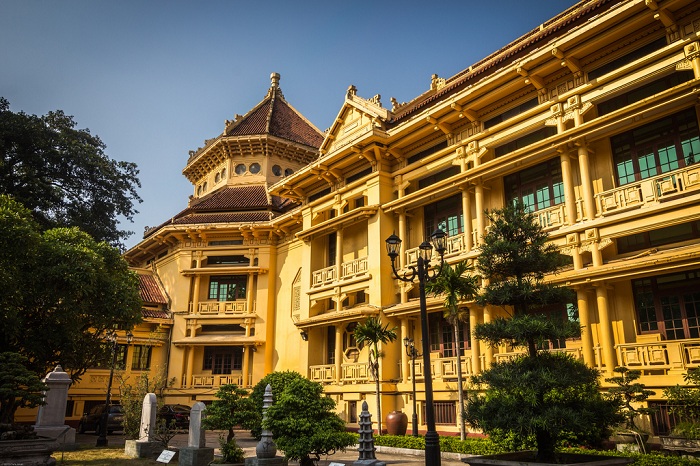
The museum is housed in one of the finest colonial buildings in Hanoi. It is located on a site formerly conceded by the Vietnamese authorities to France in 1874. The construction of the building was thought of and directed by Ernest Hébrard, an architect, an archaeologist and a town planner from France. Residing in French Indochina from 1921, Ernest Hébrard participated in the planning of several cities including Hanoi and Dalat. Ernest Hébrard is known for being the author of the "Indochinese style" by advocating a renovation and breaking with the architectural trends prevailing at that time in the metropolis which were not suitable for a tropical country. Ernest Hébrard did not want to impose foreign architecture on a country with an ancestral tradition, so he successfully married local traditional architecture with French style. The former Louis Finot museum, named after its first director, of the French School of the Far East, is a perfect example of this new architectural current initiated by the talented Ernest Hébrard. After the departure of the French in 1954, the Louis Finot museum in 1958 became the museum of the History of Vietnam. The National Historical Museum officially opened on September 26, 2011, with the merger of the Vietnamese History Museum and the Vietnamese Revolution Museum. These two museums were the first to be created in Vietnam. The building, recently superbly renovated, has been inscribed on the National Heritage List of Vietnam.
What to see at the National Museum of Vietnamese History?
On a surface of 4.000 m2, the museum gathers today more than 10.000 historical objects from different eras, from the origins of the country until the declaration of independence in the middle of the 20th century. A truly unique collection enriched thanks to the multiple collaborations with museums and foreign research institutes.
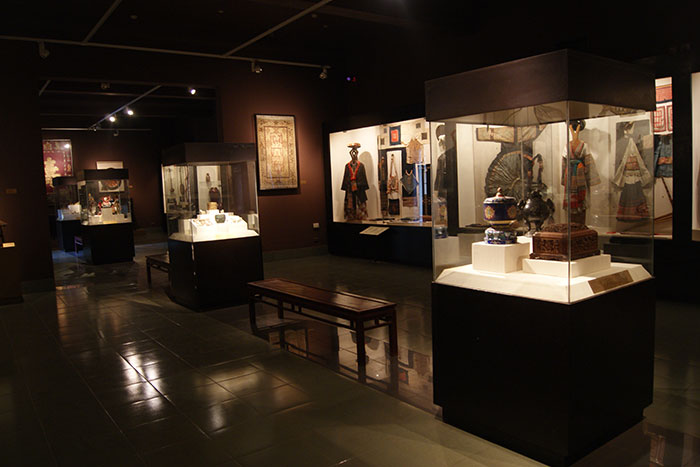
On the ground floor, you can find an exhibition hall retracing the history of the country from prehistory to the era of the first feudal dynasties. It is in this room that the seven bronze drums of the Dong Son culture from the 6th to the 1st century BC are displayed. The bronze drums were born in the enlarged basin of the Red River and fully reflect the different aspects of the Dong Son culture: dwellings, funeral rites, spiritual life, production, etc.

The first floor is devoted to feudal dynasties from the 15th century to 1945. You can see a beautiful collection of documents and objects retracing the history of the Nguyen dynasty. Founded in 1802 by Emperor Gia Long of the Nguyen dynasty, which established its capital in Hue, and was the last to reign over Vietnam before France imposed its domination. It had thirteen sovereigns who reigned over Vietnam from 1802 to 1945, with Gia Long as the first emperor who unified the country and Bao Dai as Vietnam's last emperor who abdicated in 1945.
On the first floor, you can also admire a magnificent collection of sculptures on stone from Champa and the culture of Oc Eo-Phu Nam. Champa was a kingdom of Hindu culture which reigned on the coasts of Central Vietnam until the 15th century and which left a formidable archaeological heritage as evidenced by the Cham Arts Museumin Danang and the archaeological My Son sanctuary listed as UNESCO World Heritage site. Oc Eo, a name given by the French archaeologist Louis Malleret to a city discovered in the 1940s in the Mekong Delta, which would have been the most important port city of the Fou-nan kingdom between the 1st and the 7th century.
In the building of the former Revolution Museum, you can also see on two levels:
- On the ground floor, an exhibition covers the Vietnam War against the Americans. The bombing campaigns in Hanoi and northern Vietnam were numerous and intense, and popular resistance was greeted through several documents.
- On the first floor, it’s contemporary Vietnamese revolutionary history. From 1945, the start of the Indochina War, until the end of the Vietnam War, the history of Vietnamese resistance to its successive invaders is traced with a fine collection of objects and photos. The heroes of the revolution are honoured for their courage and commitment to the homeland. On this floor, you can also see a very interesting exhibition on the Doi moi (Renovation), a set of political decisions taken in 1986 during the 6th congress of the Vietnamese Communist Party in order to encourage the market economy and to open the country to the outside world. A crucial period in contemporary Vietnamese history during which Vietnam experienced extraordinary economic transformations.
Address: 1, Trang Tien and 216, Tran Quang Khai, Hoan Kiem District, Hanoi
Opening hours: 8:00 a.m. - 12:00 p.m. and 1:30 p.m. - 5:00 p.m. daily except the first Monday of each month.
Entrance fee: 40,000 VND
Related articles:
>> The Long Bien Bridge: a true icon of Hanoi
Comment
Other Blog
Categories
Latest News
on 27 Apr, 2023      
on 15 Apr, 2023      
on 28 Mar, 2023      
 Español
Español Français
Français







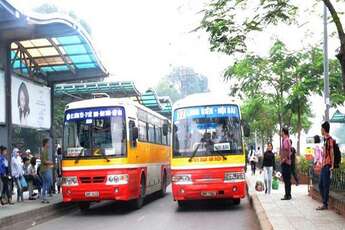
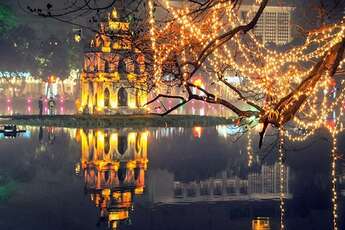

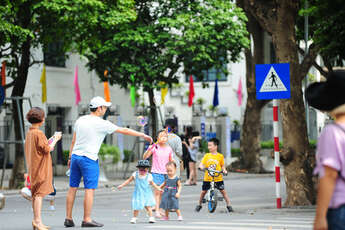
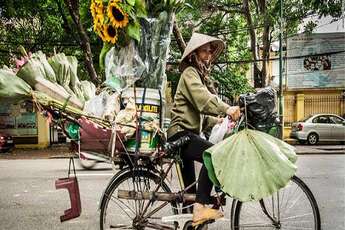







F
on Jan 3, 2024Igor Mozetic
on Apr 8, 2023Ira Beale
on Feb 10, 2023Phạm Phú Toàn
on Jan 28, 2023Max Stover
on Jan 11, 2023